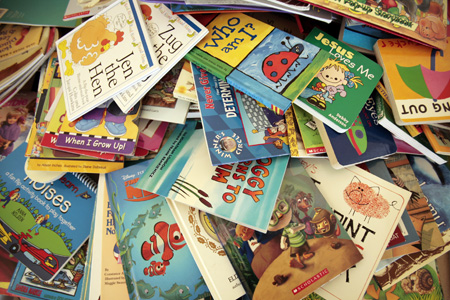8 Ways Picture Books Meet Young Children’s Needs (Part 2)
“Think and wonder. Wonder and think.” ― Dr. Seuss
Take a good look around you. What do you see? With the exception of nature, everything you see, hear, touch, taste and smell came from a single thought. Imagine that! And what better way to start stimulating those wonderful young minds than with a colorful picture book. This is the second of a two-part blog where today I’ll look at the final four ways picture books help meet the needs of young children. In particular …
1. They can help children develop and acquire knowledge. With so many subjects to choose from, it is extremely easy to find picture books focusing on information and knowledge. Categories include; Our Personal World (Families, School, Pets, Our bodies, Our Personal Health), Nature and our environment (Plants, Animals, Fish, Reptiles, Mammals other than humans like Manatees, Insects, Spiders, Invertebrates, The Earth, The Universe, Math), Our World from Ideas (Inventors, Construction, Farming, Flight, Space Travel), Things we do (Writers, Musicians, Artists, Actors, Dancers, Entertainers, Athletes), World Faith, World History, and Cultures of the World. Here are a few examples of picture books that are useful: The Story of Snow: The Science of Winter’s Wonder by Mark Cassino, The Magic School Bus: Inside the Human Body by Joanna Cole, and River Royals: Master the Mississippi by Sarah Wynne.
2. They can help children become physically active. Some books highlighting physical activity include: Come and Play with Us by Annie Kubler, Racing Around by Stuart J. Murphy, and My Amazing Body: A First Look at Health and Fitness by Pat Thomas.
3. They can help children explore, become more playful and humorous. Some good examples are: This is Not a Good Idea! by Mo Willems, One Cool Friend by Toni Buzzeo, and I Want My Hat Back by Jon Klassen.
4. They can help children develop and enjoy communications and language. A few examples here are: A Hole is to Dig by Ruth Krauss, The Quiet Book by Deborah Underwood and Today I Feel Silly: And Other Moods that Make My Day by Jamie Lee Curtis.
So there you have it. A few more examples on the importance of children’s picture books that can help the child grow and develop in: acquiring knowledge, becoming physically active, becoming more humorous, and developing communication skills.
Related Posts
8 Ways Picture Books Meet Young Children’s Needs – Part 1 (July 29, 2014)
https://www.kobeemanatee.com/8-ways-picture-books-meet-young-childrens-needs-part-1/
How Children Benefit from Informational Picture Books (July 25, 2014) https://www.kobeemanatee.com/how-children-benefit-from-informational-picture-books/
Reading to Preschool Children – One of the Most Important Steps Parents Can Do (July 1, 2014) https://www.kobeemanatee.com/reading-to-preschool-children-one-of-the-most-important-steps-parents-can-do/
Children Discover Joy of Reading from Book Loving Parents (June 21, 2014) https://www.kobeemanatee.com/children-discover-love-of-reading-from-book-loving-parents/
Benefits of Reading to Children (Part 1) – 6 Strengthening Attributes (July 8, 2014) https://www.kobeemanatee.com/benefits-of-reading-to-children-part-1-6-strengthening-attributes/
~ Robert Scott Thayer
